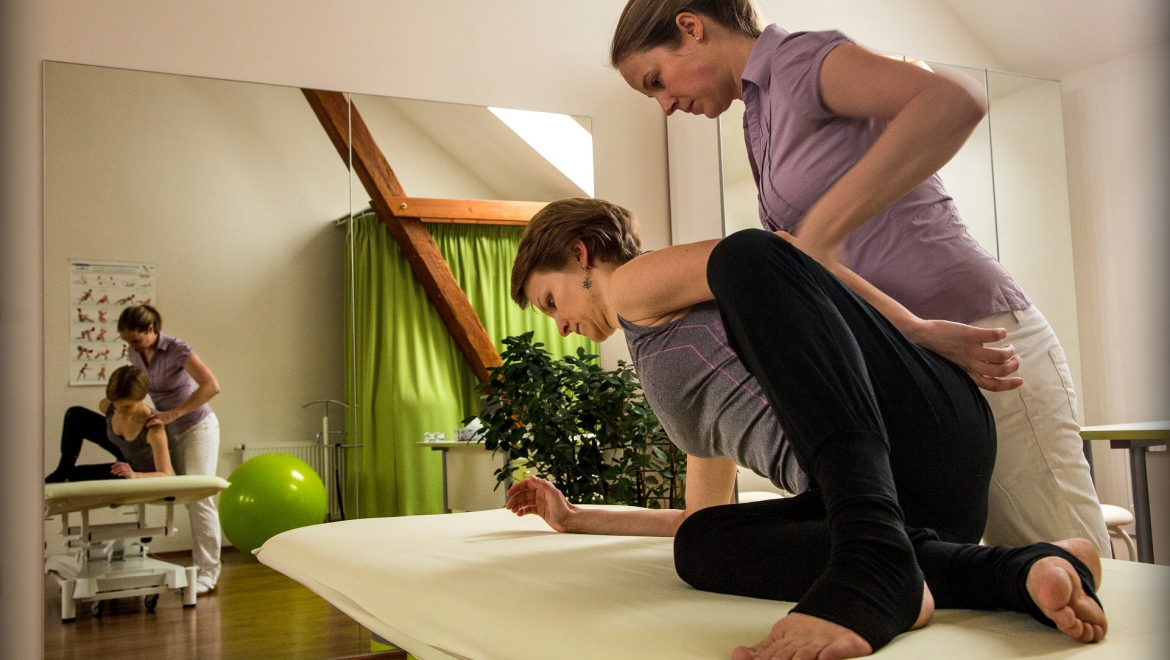Rib blockages
Very often, patients appear in the physiotherapist’s office either with very acute pain in the chest and cervical spine, for example, after lying down or abrupt movement or, conversely, chronic pain between the shoulder blades or shoulders. In all cases, there may be blockages of the ribs, which have very diverse manifestations and can cause unpleasant pain in the area of the entire upper trunk.
The sternum is connected to the upper seven pairs of ribs, which also most often cause the mentioned difficulties during blockages. Thanks to their localization, the ribs are also muscle-closely connected with the cervical and thoracic spine, so the pain can often be initially reflected there. Most of them are painful movements of the spine into a bend, rotation or inclination, painful places in the muscles, a feeling of inability to breathe in or out properly, headaches, eyes or in the area of the face and forehead. In very acute blockages, the ribs can imitate cardiac problems, because pain from the chest area can also shoot into the upper limb, and so it sometimes happens that patients end up in hospital outpatient clinics for suspected heart attacks. If it is really just a blockade of the ribs, it is necessary to seek a physiotherapist who will quickly and purposefully remove the blockage and relieve pain. Often, in therapy, it is necessary to completely examine the patient and find out why the blockade occurred or possibly occurs chronically. We usually focus on the treatment of the thoracic spine, which, due to its natural tendency to hunch out, stiffens and can thus secondarily cause blockages of the ribs. The method of dynamic neuromuscular stabilization (DNS), which focuses on high-quality straightening of the chest and overall stabilization of the cervical spine, shoulders and shoulder blades, whose correct position and function ensure the correct position of the ribs without painful blockages, is also effective.

